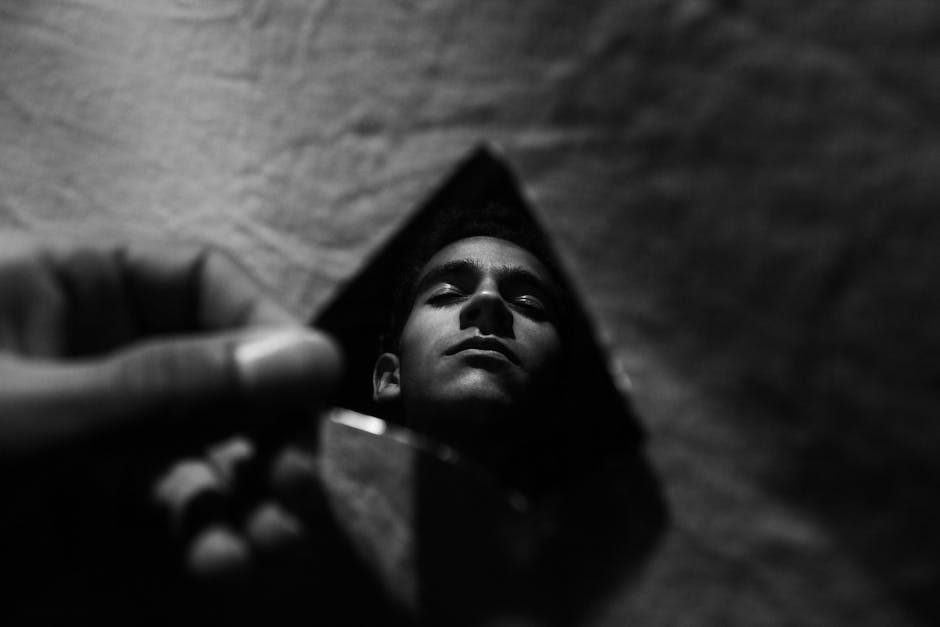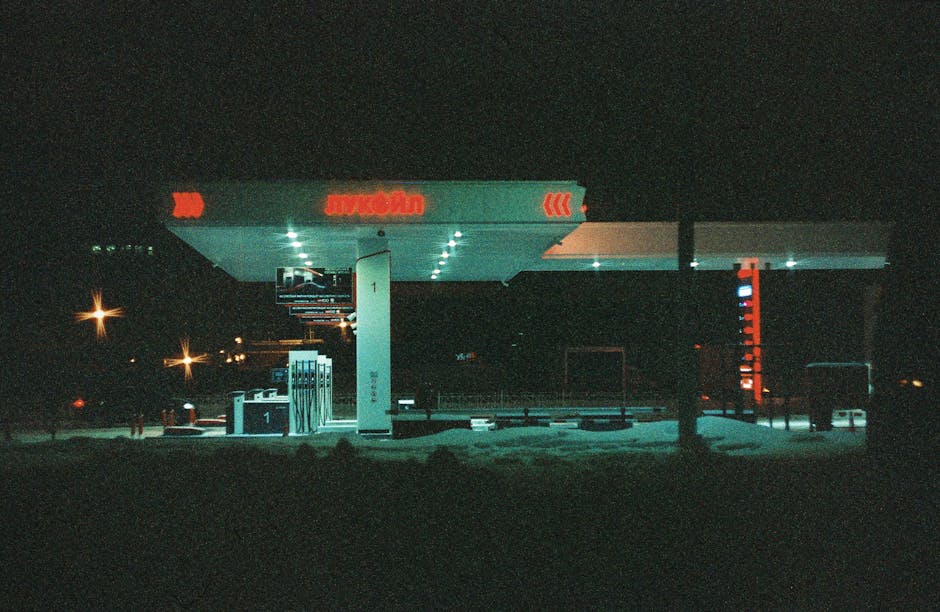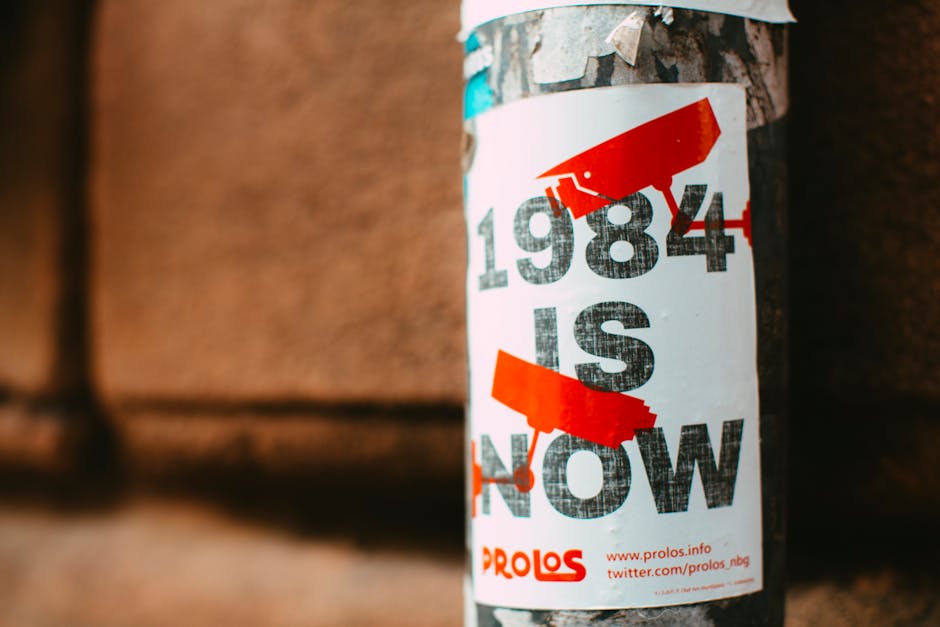Let’s not dance around the asterisks. The word, whispered in hushed tones or screamed in cinematic rage, is ‘Bastards’. Not in the literal sense, of course, but as a cultural signifier. It points to the anti-heroes, the morally ambiguous protagonists, and the glorious troublemakers who have stormed the silver screen, hijacking our narratives and our timelines. They are Bollywood‘s new darlings, and their currency isn’t virtue; it’s buzz.
This is the state of our cinema today: a dizzying dance between the bastards on screen and the buzz they generate off it. At the centre of it all is a giant, unforgiving mirror, reflecting not just the industry, but ourselves.
The Cracking Mirror: From Ideal Hero to Glorious Bastard
For decades, the Hindi film hero was a predictable, comforting figure. He was the ideal son, the self-sacrificing lover, the righteous avenger. He was Ram, not Raavan. But that mirror has cracked. The audience, fragmented by a thousand new realities and armed with the impatience of a thumb-swipe, has grown weary of paragons. We are living in a complex, cynical world, and we demand characters who reflect that complexity.
Enter the ‘bastard’. He is the Kabir Singh whose toxicity is debated into a blockbuster. He is the alpha male of Animal whose unhinged aggression sells out theatres for weeks. He is the flawed, violent, and often misogynistic figure who is, paradoxically, celebrated for his “authenticity.” This isn’t just a creative choice by filmmakers; it’s a market correction. Bollywood, in its primary role as a commercial enterprise, is simply holding up a mirror to a society that seems to be craving these unvarnished, aggressive archetypes. This is the reflection in the mirror—a direct, often uncomfortable, image of our evolving tastes.
The Buzz Machine: How Outrage Became Bollywood‘s Best Marketing
This is where the second player, The Buzz, enters the game. The buzz is the deafening cacophony of social media outrage, the breathless reporting of the ‘1000-crore club’, the manufactured controversies, and the paid trending hashtags. The buzz ensures that the bastard isn’t just a character; he’s a phenomenon.
The industry has mastered the art of weaponizing outrage, turning moral debates into marketing campaigns. Every critique of a character’s misogyny inadvertently becomes a promotion. Every tweet decrying his violence adds to his mystique. The film is no longer just the three hours in the theatre; it’s the endless, churning debate that surrounds it, keeping it relevant and driving ticket sales.
A Reflection On The Mirror: Society’s Role and The Danger of Distortion
When we step back and look at this entire spectacle, what does it tell us about ourselves? This reflection on the mirror reveals a society grappling with its own identity. Our fascination with these characters suggests a fatigue with political correctness and a desire for raw, unfiltered expression, however problematic. It shows a collective voyeurism, a hunger for spectacle over substance, where box office numbers are brandished like trophies, silencing any meaningful critique of the art itself.
The danger, however, is that the mirror is no longer just a passive reflector. It’s becoming a funhouse mirror, distorting and amplifying the ugliest parts of the reflection. When the celebration of on-screen toxicity bleeds into real-world behaviour, when the line between a flawed character and a role model blurs, the mirror begins to shape the reality it once claimed only to show.
The bastards and the buzz are locked in a symbiotic, perhaps parasitic, relationship that is defining the current era of Bollywood. They are the engine and the fuel of a machine that thrives on noise. And we, the audience, are its willing operators. We buy the tickets, we engage in the outrage, we fuel the buzz. The characters on screen may be the unapologetic rogues, but the final verdict on what they represent lies with us. After all, we are the ones holding the mirror.




